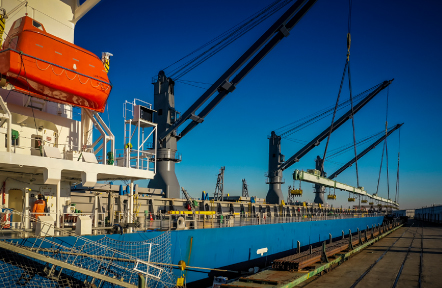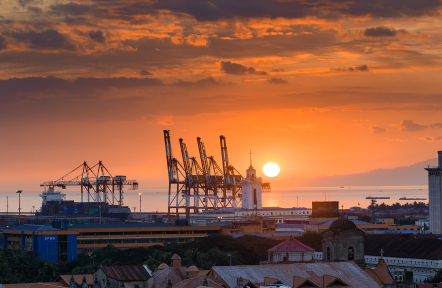Engineering a solar-powered supercomputer; discovering the role of “slow-motion” earthquakes in triggering tsunamis; and preserving the archives of Japanese-born British author Kazuo Ishiguro. Those impressive achievements became possible only through international collaboration led by the graduate programs of the University of Texas at Austin.
International partnerships have played an important role at UT Austin that has five programs ranked No. 1 and 49 schools and specialties ranked among the nation’s top 10, according to the latest ranking by U.S. News & World Report.

The school’s ties with Japan are especially close. UT Austin President Gregory Fenves conducted a research sabbatical as a visiting professor at Kyoto University in 2008, while Satoshi Kashima, the lead designer and engineer of the Akashi Kaikyo Bridge, the world’s longest suspension bridge, received his master’s and doctoral degrees in civil engineering from the university.
During the 2017–2018 academic year, the school hosted more than 40 scholars and researchers from Japan. And in the last three years, its faculty members and graduate students coauthored more than 600 journal articles with Japanese scholars.
“The university’s premier graduate programs, field-defining research and academic culture attract graduate students from across the globe. The city of Austin is also an international hub for science and technology companies, including Facebook, Google, Apple, Dell and IBM that provide excellent opportunities for careers and collaboration,” Graduate School Dean Mark Smith said.
“The engineering sense and project management skills cultivated at the University of Texas were very useful to me in the work for the Akashi Kaikyo Bridge in Japan. Anyone interested in acquiring a world-class education with international relevance should consider UT Austin,” Kashima said.









